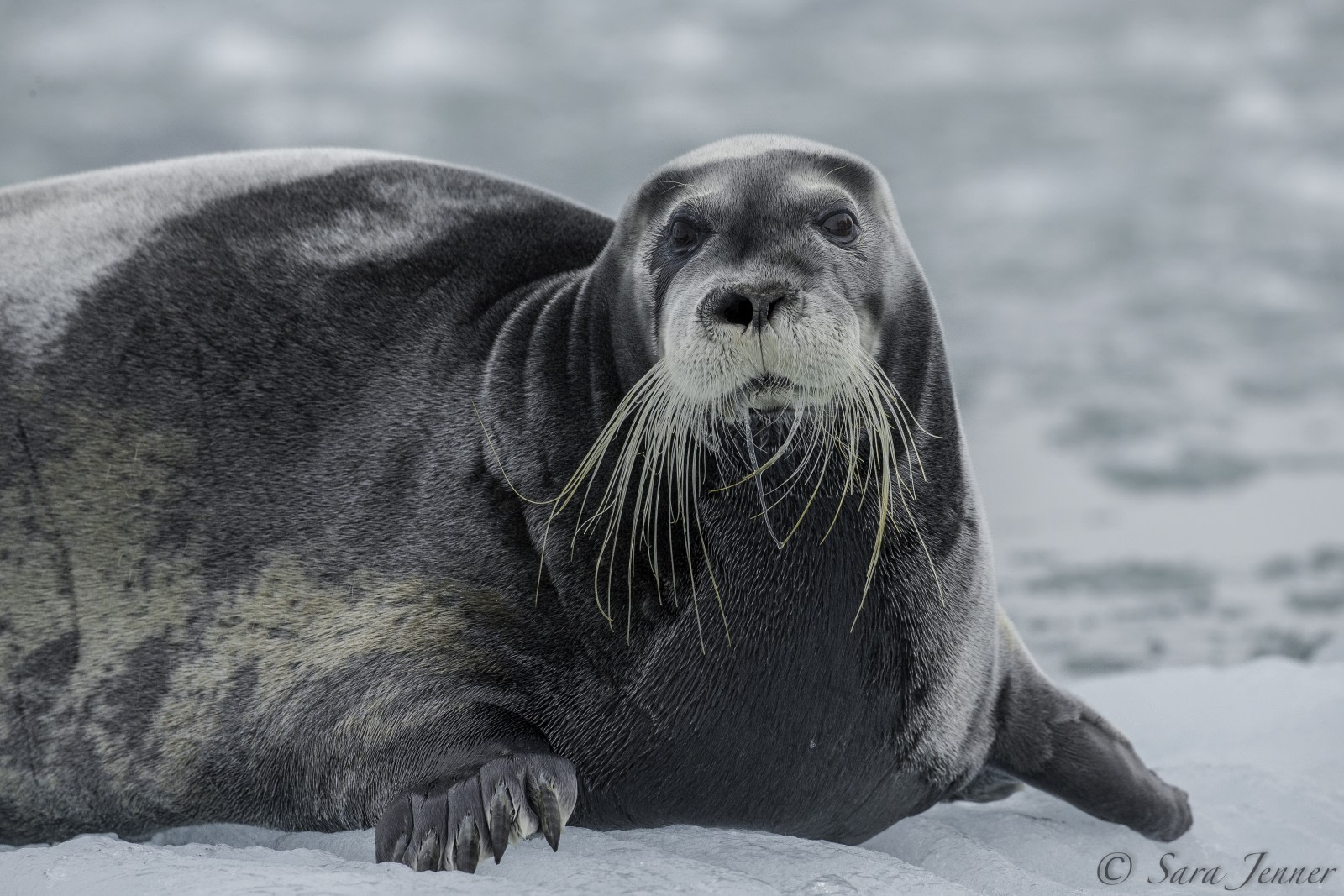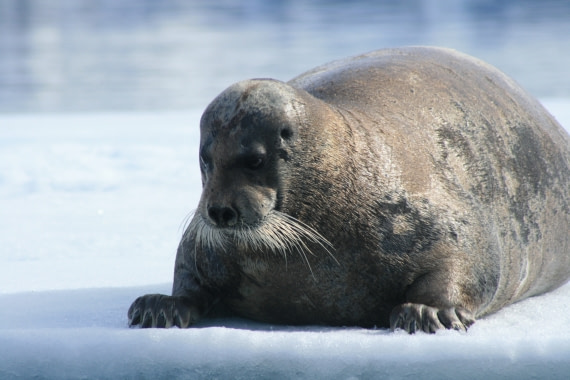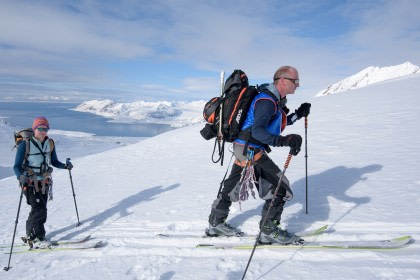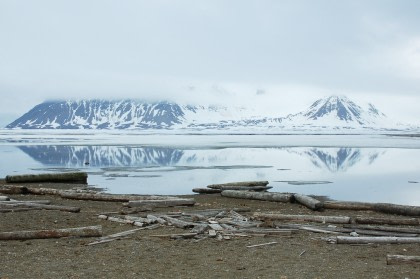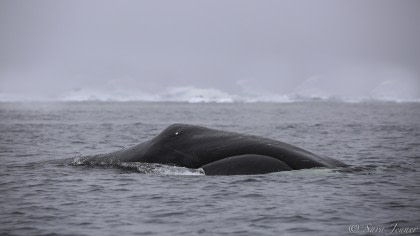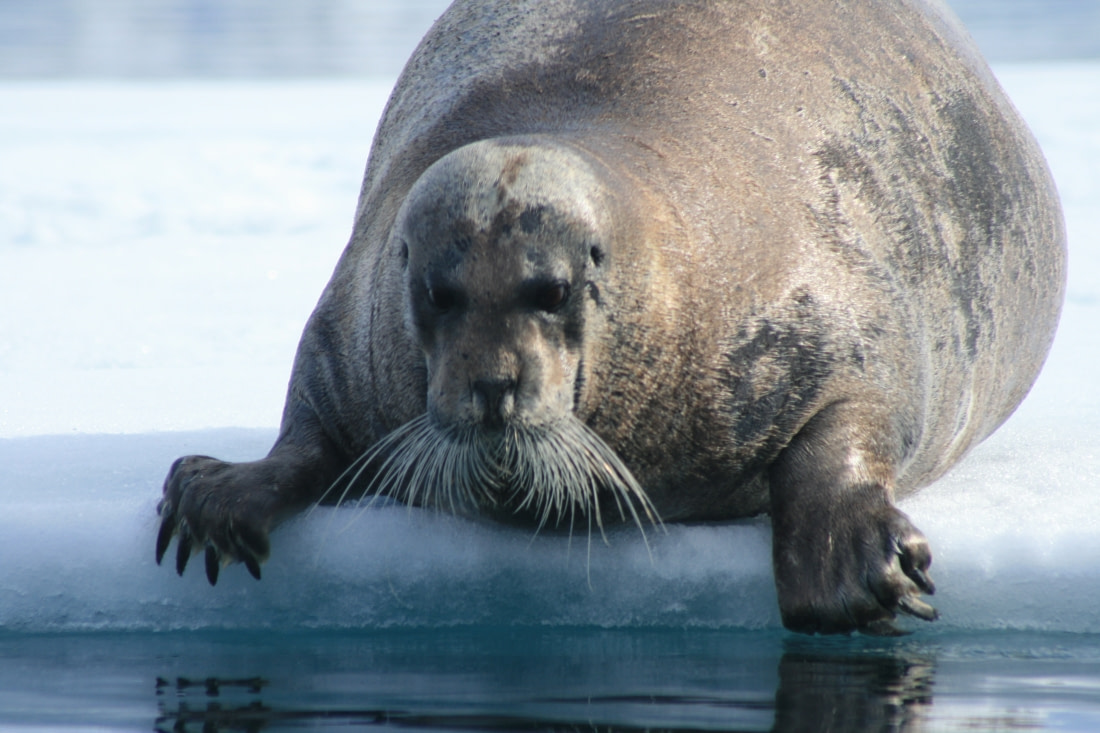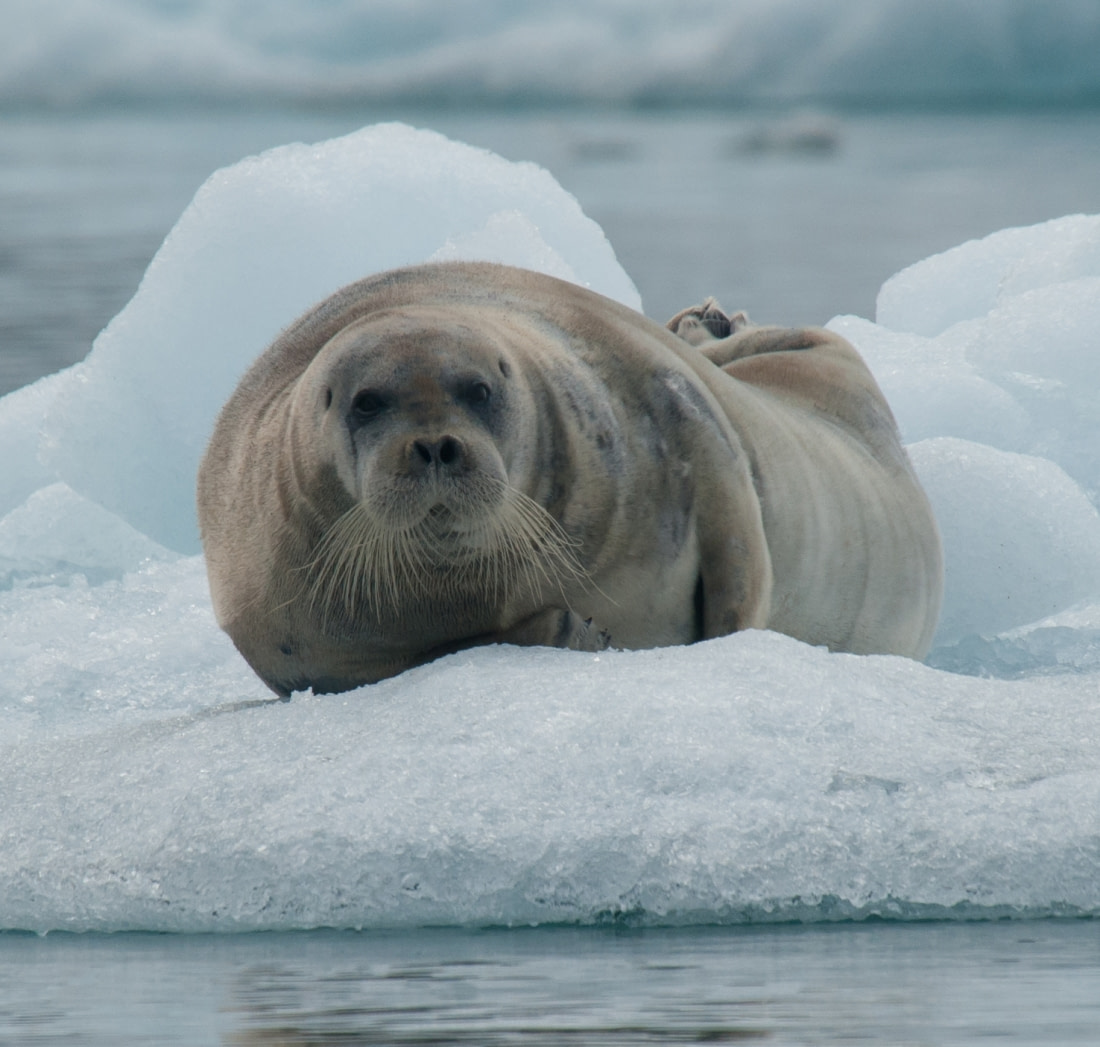Name: Bearded Seal, Square Flipper Seal (Erignathus barbatus)
Length: 2 to 3 metres.
Weight: 200 to 450 kg, females being larger.
Location: Arctic Ocean.
Conservation status: Least Concern.
Diet: Fish, clams, squid, octopi.
Appearance: Dark grey or greyish-brown. Distinguishing feature is its whiskers or beard. Small heads, large bodies, square fore-flippers.
How do Bearded Seals feed?
Bearded Seals tend to be benthic, meaning that they forage for food along the lowest parts of the waters they are in. Adult Bearded Seals mainly stay in bays where the water is shallower, but juveniles may venture into deeper open ocean waters where they dive as deep as 450 metres.
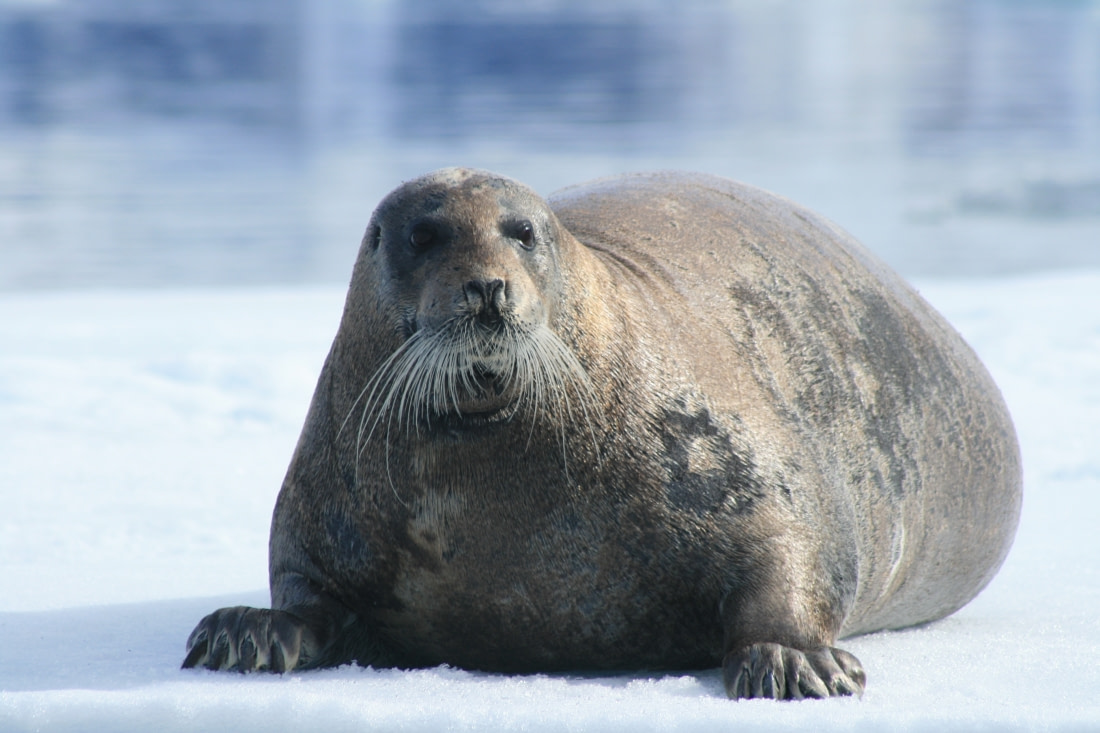
Are Bearded Seals social?
Bearded Seals tend to be solitary animals.
What are Bearded Seal birthing rituals like?
The Bearded Seal mating season occurs immediately after the birthing season, once the newborn pups are weaned. Males will often stake their claim on the same piece of ground from one year to the next, and once the females begin ovulating will sing out either to attract the females or to warn off males.
Like many mammals living in harsh cold conditions Bearded Seals use a delayed implantation. The blastocyst (the cell that will go on to form the embryo) is held back from the female’s womb for two months after the mating occurs. So even though the mating occurs at the end of spring the female may not become pregnant until sometime in July.
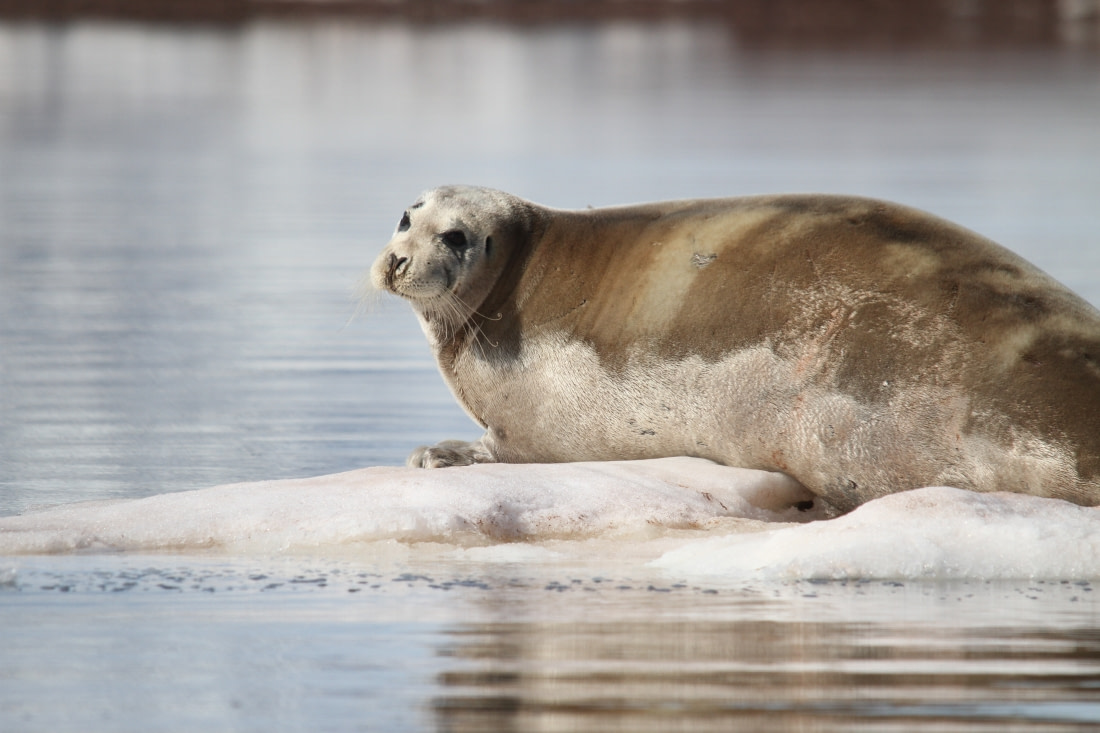
This means that the total gestation time is around eleven months, but the active pregnancy is nine months long.
Pups are born in April or May on ice floes. They weigh about 35 kg and sport greyish-brown fur. They enter water only a few hours after their birth and are soon on their way to becoming excellent swimmers.
Pups stay close to their mothers for about two to three weeks drinking about 8 litres of milk a day, gaining a little over 3 kg of weight per day. Once they’re weaned they’ll have grown to weigh around 100 kg.
How long do Bearded Seals live?
Bearded Seals live about 25 years in the wild.
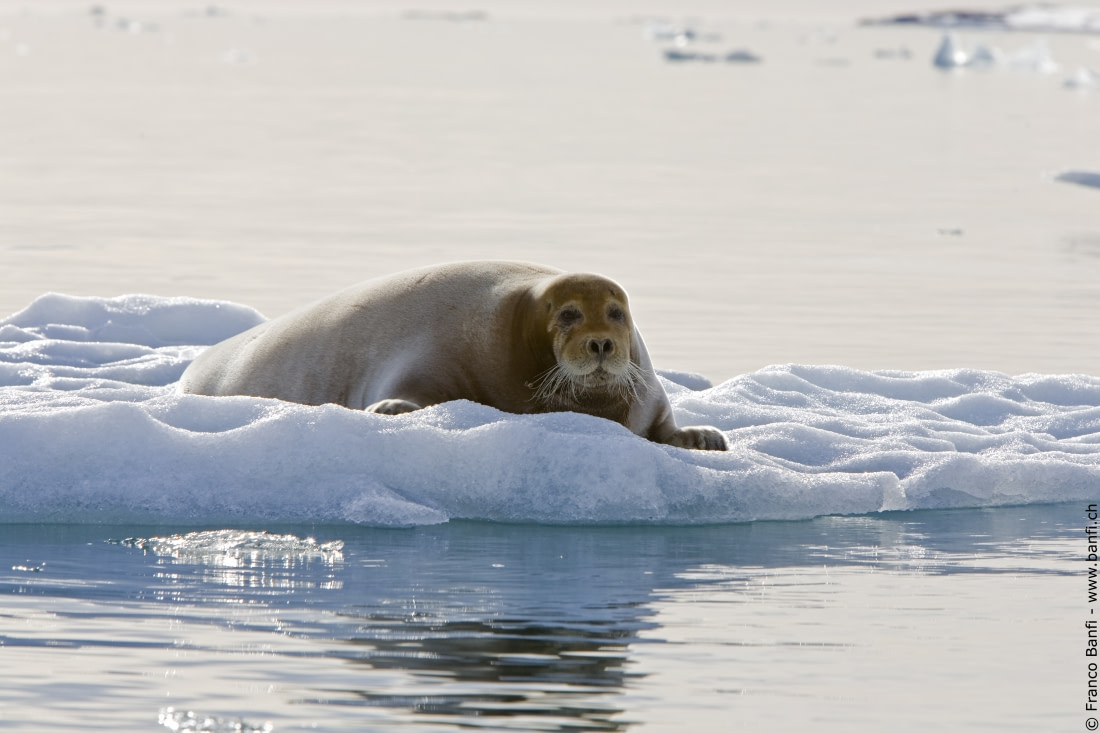
How many Bearded Seals are there today?
There are no recent population counts of Bearded Seals. The last estimates made in the 1970s and 80s place the population at roughly around 750,000.
Do Bearded Seals have any natural predators?
Bearded Seals are preyed upon by Polar Bears and Killer Whales, and on rare occasions pups are taken by Walruses.
7 Bountiful Bearded Seal Facts
- The scientific name erignathus comes from the Greek words eri and gnathos which mean “heavy jaw”. Barbatus refers to the seal’s whiskers or beard.
- Bearded Seals belong to the “true seal” or “earless” seal family.
- Bearded Seals have tougher skin than most other seals. This made them a highly valuable resource for the Inuit who used their skin for a wide variety of items such as shoes, dog harnesses, boat covers, tent covers, and so on.
- Bearded Seals are the largest of the Arctic seals.
- A Bearded Seal male’s song can be heard as far as 20 km away.
- Although they are Arctic animals Bearded Seals avoid venturing above 80°N.
- Bearded Seals have 4 nipples. This feature is shared only with Monk Seals.
